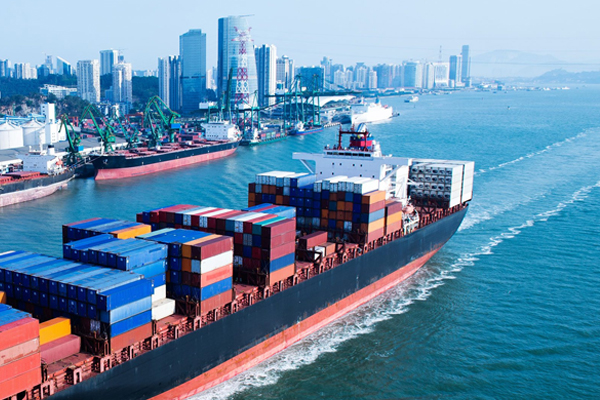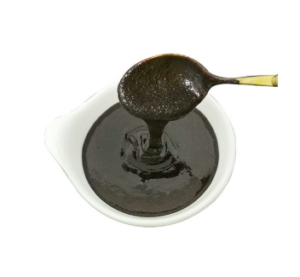The Full FCL shipping Process by Sea
Hello everyone, today I’d like to delve into the intricate process of full container load (FCL) shipping. FCL shipping involves the complete filling of a shipping container with goods, which are then transported over long distances via sea or land. This method offers advantages such as large cargo capacity, high efficiency, and relatively low costs, making it a popular choice in international trade.
- Booking and Confirmation
The first step in FCL shipping is booking. The shipper or freight forwarder submits a booking request to the shipping line or logistics company based on the quantity, volume, and transportation needs of the goods. The shipping line or logistics company then confirms whether they can accept the booking based on factors such as route and sailing schedule, and provides a corresponding quotation and transportation plan. Once both parties agree, a transportation contract is signed, and the booking is confirmed.
- Loading and Inspection
Before loading, the FCL shipping needs to package and mark the goods according to the requirements of the shipping line or logistics company. Additionally, the shipper must provide a detailed manifest, which includes information such as the name, quantity, weight, and volume of the goods. During loading, it’s essential to arrange and secure the goods to prevent movement or damage during transportation. Once loaded, the shipping line or logistics company performs an inspection to verify the quantity and condition of the goods, ensuring they match the manifest.

- Customs Clearance and Shipment
After the goods are loaded and inspected, the shipper or freight forwarder submits customs documents for export clearance. These documents include contracts, invoices, packing lists, and transportation documents. Once customs approval is obtained, the goods are ready for shipment. The shipping line or logistics company arranges for the container to be loaded onto the vessel according to the sailing schedule, ensuring proper securing and documentation.
- Maritime Transportation and Arrival
During the voyage, the shipping line or logistics company is responsible for the safety and efficient transportation of the goods, ensuring they arrive at their destination on time. Once the vessel arrives at the destination port, the shipping line or logistics company notifies the shipper or freight forwarder to arrange for unloading and customs clearance.
- Customs Clearance and Delivery
Upon arrival at the destination port, the shipper or freight forwarder submits import customs documents for clearance. These documents include import contracts, invoices, packing lists, and transportation documents. After customs approval, the goods are released. The shipper or freight forwarder then arranges for the delivery of the goods from the port to their final destination.
While the FCL shipping process may seem complex, each step is crucial to ensure the safe and efficient transportation of goods. Honza Logistics Company through standardized operations and professional services, have arranged the transportation of goods for hundreds of customers, and the goods have arrived safely and on time at the destination port. In addition to sea freight, our company also provides one-stop freight services such as air freight, door-to-door, cargo consolidation, and document processing.
0



